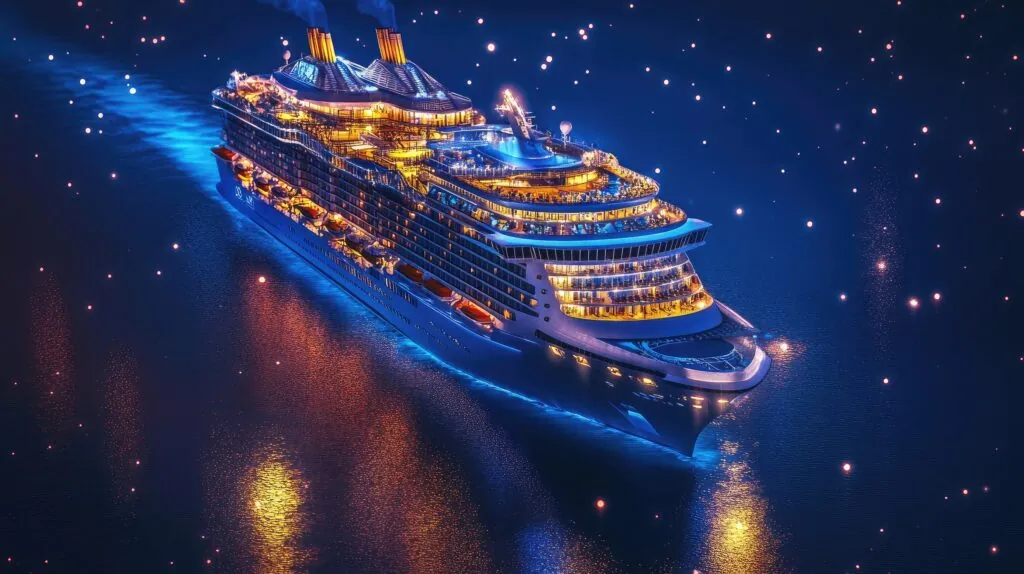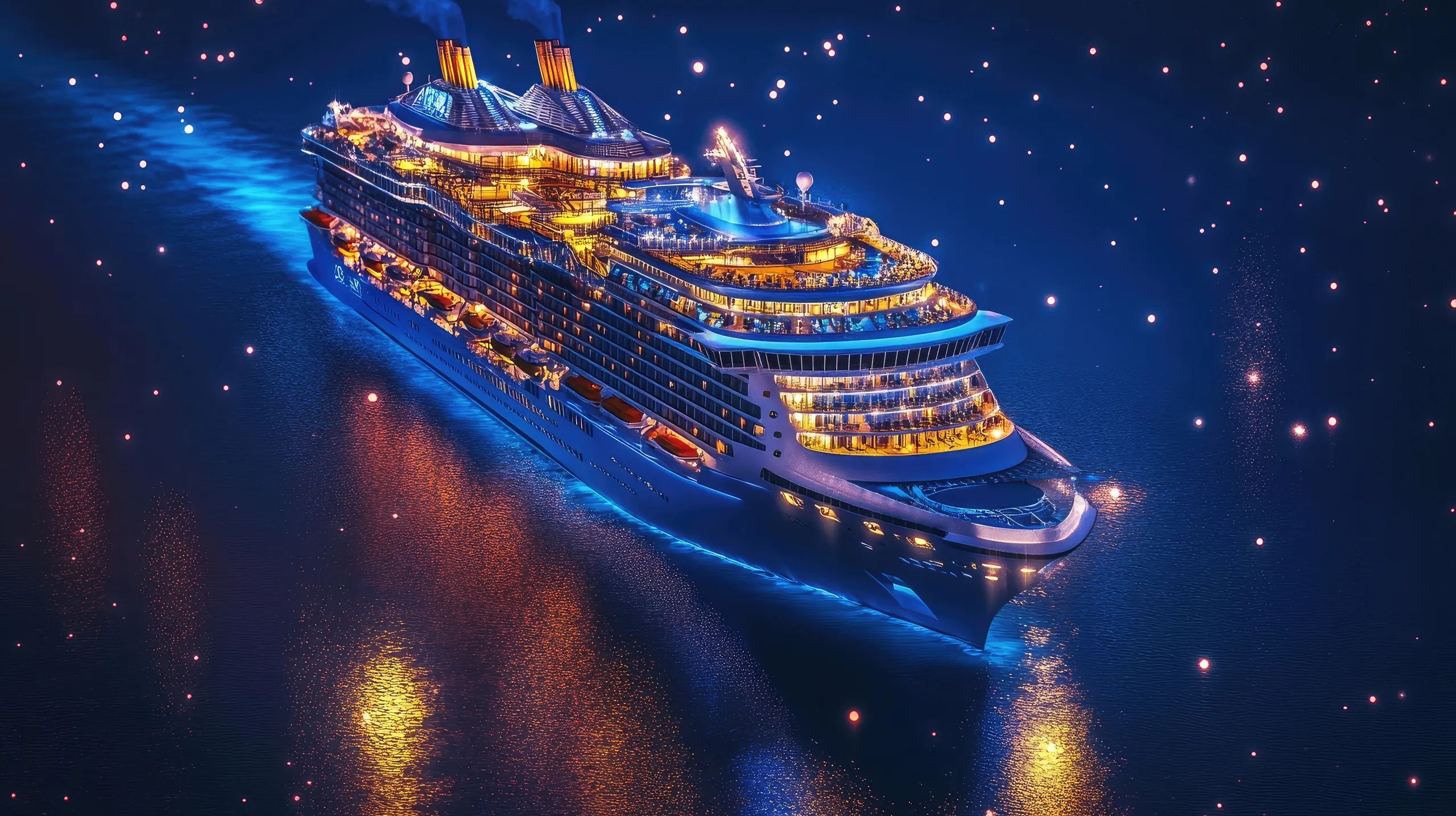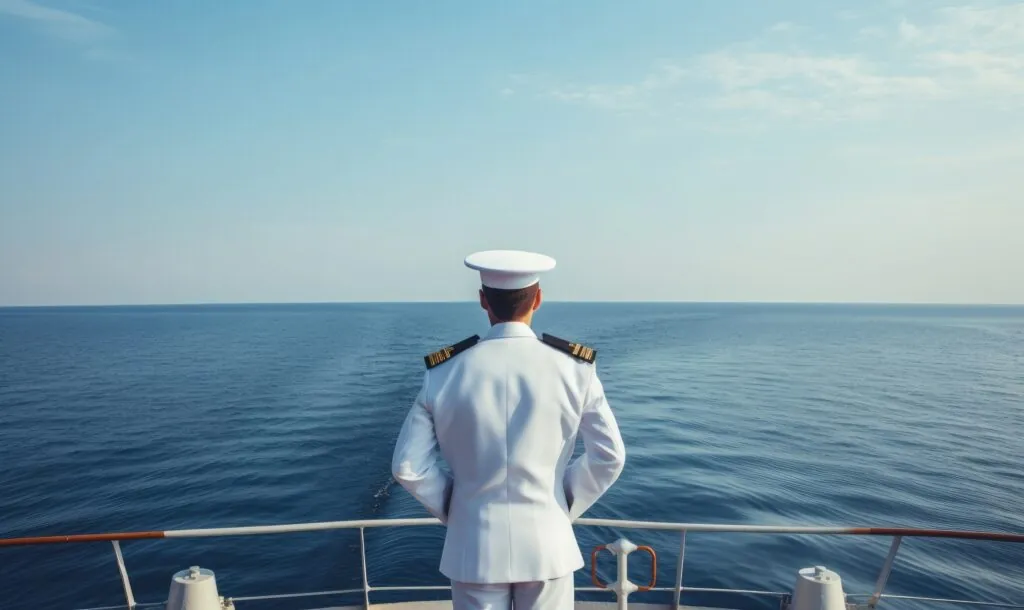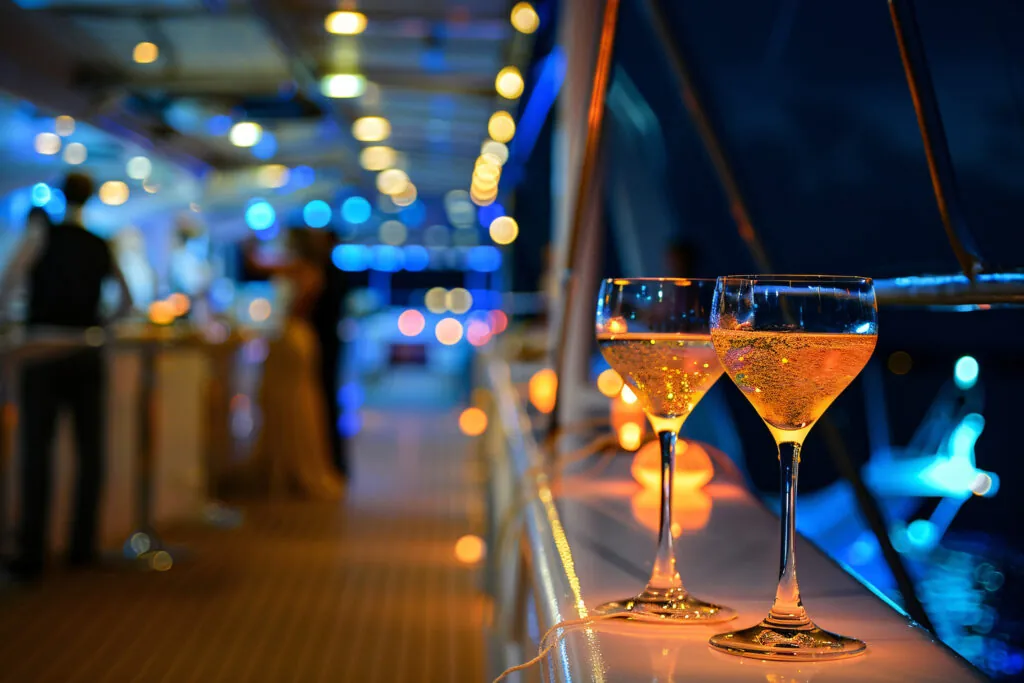Bigger Isn’t Safer: Why the World’s Largest Cruise Ship Is a Floating Disaster Waiting to Happen
– by Peter Walsh, Founder of The Cruise Injury Law Firm
Royal Caribbean’s Star of the Seas has just arrived at Port Canaveral, and the cruise industry is celebrating like they’ve just launched the moon landing. At 250,800 gross tons, with 20 decks, seven pools, six waterslides, and over 9,000 passengers and crew at full capacity, it’s the largest cruise ship on Earth.

They’ll tell you it’s a marvel of engineering and a family paradise. I’ll tell you it’s a high-stakes gamble with human safety.
Sheer Size Means Sheer Risk
At full capacity, Star of the Seas carries the population of a small town. If something goes wrong — fire, collision, power failure, severe weather — you can’t just “get off.” Evacuating thousands of people at sea isn’t a drill; it’s chaos. The bigger the ship, the harder the evacuation. And history tells us that when disaster strikes on a mega-ship, it’s not a small incident — it’s a mass casualty event waiting to happen.
Recreation Becomes Risk Recreation
We’ve seen this movie before. Just months ago, a passenger was injured when a waterslide on Icon of the Seas broke mid-voyage. Now we’re adding more slides, aerial obstacle courses, rock climbing walls, surf simulators, and laser tag — all on a moving platform subject to waves, wind, and mechanical issues. It’s the kind of entertainment that sells tickets and hospital visits.
Crowds Multiply Hazards
Slip-and-falls, pool accidents, foodborne illness, norovirus outbreaks — the math is simple. More people equals more incidents. Cruise lines boast about “managing passenger flow” so it feels less crowded. That might work in the café line. It doesn’t work when everyone’s crammed into stairwells during an emergency or when hundreds are on the pool deck in rough seas.
Ports Are Stretched to the Limit
Port Canaveral is now the second busiest cruise port in the world. Mega-ships require mega-space and precision maneuvering. Add congestion, unpredictable weather, and human error, and you’ve got the perfect setup for docking accidents — or worse, collisions.
The Bottom Line
These ships are not just vacation resorts. They are complex, high-risk environments where the stakes rise with every deck added and every passenger booked. They’re sold as floating paradises, but when something goes wrong — and something will — paradise becomes a very small, very crowded, very dangerous place.
Until the cruise industry starts putting safety ahead of spectacle, I’ll keep seeing clients who learned too late that “bigger” is just another word for “riskier.”
Peter Walsh
Founder, The Cruise Injury Law Firm






